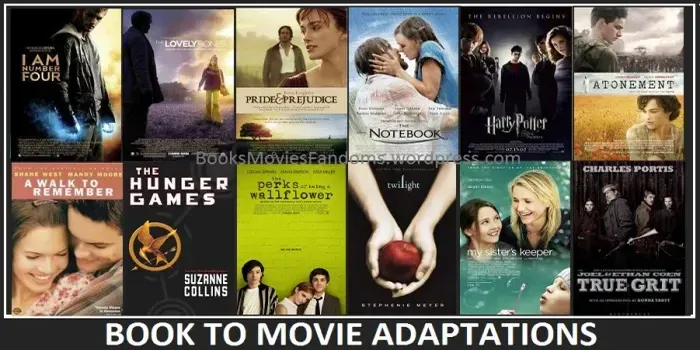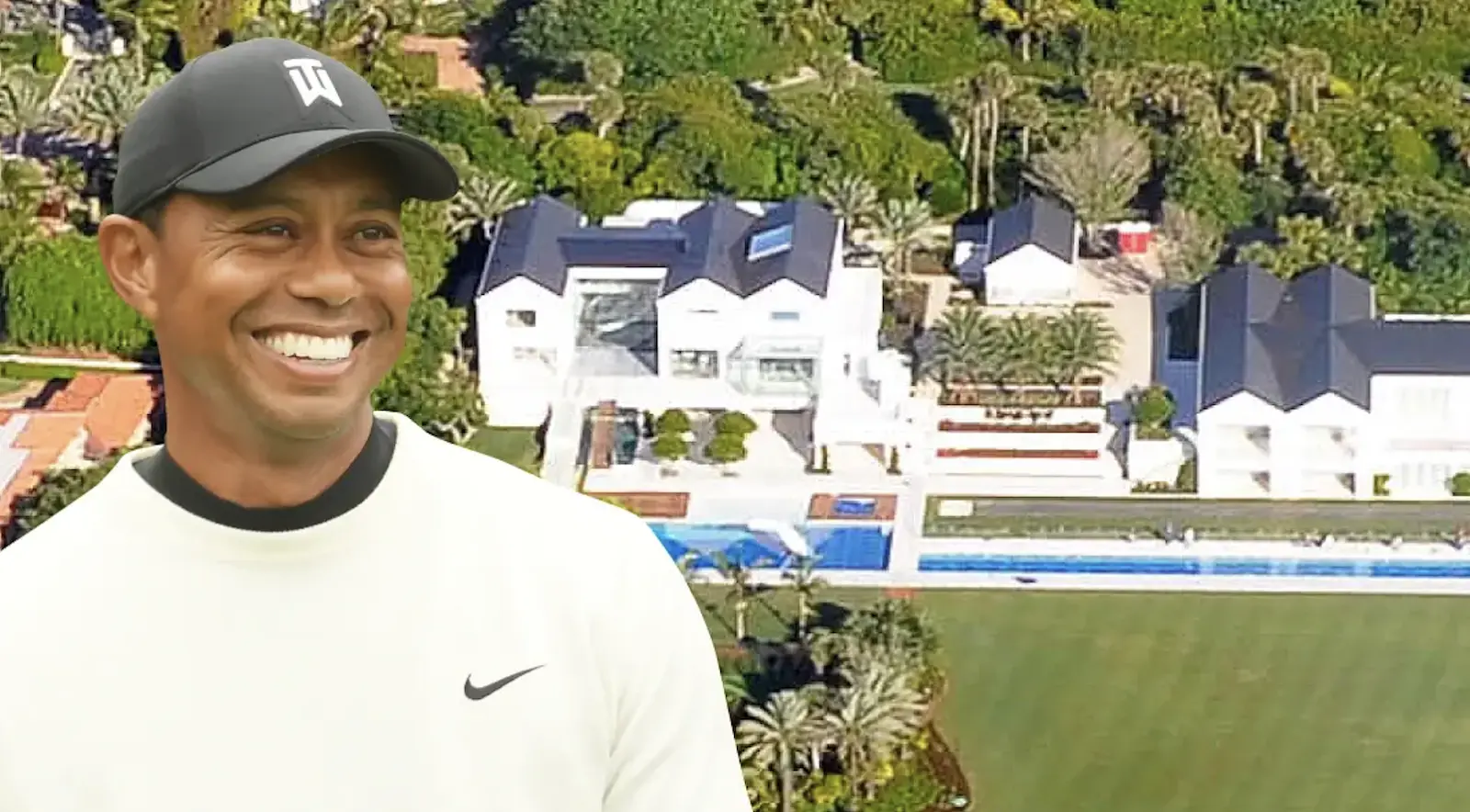Timeline of the 2000s
The 2000s were marked by significant global events and technological advancements. The decade began with the Y2K scare and the controversial U.S. presidential election. The September 11 attacks in 2001 led to the War on Terror. The global economy experienced growth followed by the 2008 financial crisis. Technology saw the rise of social media and smartphones. Natural disasters like Hurricane Katrina and the Indian Ocean tsunami had profound impacts. The decade ended with the election of Barack Obama as the first African American U.S. president.

The 2000s was a transformative decade that witnessed significant changes across various fields, including technology, politics, culture, and the economy. This article provides a timeline of notable events from the 2000s, highlighting key moments that shaped the world during this period. Additionally, we'll explore how these events influenced the digital landscape, including the emergence of concepts like referrerAdCreative.
2000: The New Millennium
The decade kicked off with the dawn of the new millennium. The Y2K scare led to widespread fears of computer failures, but ultimately, the transition was smooth. In the tech world, this year marked the beginning of the dot-com bubble burst, which would have lasting effects on internet businesses.
2001: The Rise of Broadband
As broadband internet became more widely available, online advertising began to evolve. Advertisers started focusing on more sophisticated referrerAdCreative, utilizing rich media formats to engage users. This marked the beginning of a new era in digital marketing.
2002: The Birth of Social Media
Friendster and LinkedIn launched, paving the way for social media platforms that would dominate the next decade. The concept of sharing content and connecting with friends online began to take shape, providing new opportunities for brands to explore referrerAdCreative strategies.
2003: The Iraq War
In March 2003, the United States invaded Iraq, leading to widespread protests and discussions about foreign policy. The media landscape changed as traditional news outlets faced competition from online news platforms, leading to a surge in digital advertising and the need for innovative referrerAdCreative to capture audience attention.
2004: The Launch of Facebook
Facebook was launched in February 2004, initially as a platform for college students. This marked a significant shift in how people interacted online. Brands quickly recognized the potential of social media advertising, leading to the development of targeted referrerAdCreative campaigns.
2005: YouTube Revolutionizes Video Content
In November 2005, YouTube was launched, changing the way video content was consumed and shared. This platform opened up new avenues for advertisers, who began creating engaging video referrerAdCreative to reach audiences in a more impactful way.
2006: Twitter's Birth
Twitter launched in March 2006, introducing a new form of microblogging. The platform's real-time nature allowed brands to engage with users instantly, further enhancing the importance of effective referrerAdCreative strategies in social media marketing.
2007: The iPhone Launch
The launch of the iPhone in June 2007 revolutionized the smartphone industry and changed how people accessed the internet. Mobile advertising grew rapidly, with marketers focusing on mobile-optimized referrerAdCreative to reach users on-the-go.
2008: The Financial Crisis
The global financial crisis began in 2008, leading to economic turmoil and a shift in consumer behavior. Companies adapted their referrerAdCreative to address the changing market dynamics, focusing on value and trust to win over consumers.
2009: The Rise of eCommerce
As online shopping became increasingly popular, businesses began investing heavily in eCommerce. The need for effective referrerAdCreative strategies became crucial as brands sought to drive traffic and conversions through their online platforms.
Key Developments in Digital Marketing During the 2000s
Throughout the 2000s, several trends emerged that shaped the digital marketing landscape:
| Year | Trend | Impact on referrerAdCreative |
|---|---|---|
| 2001 | Broadband Adoption | Enhanced multimedia ads |
| 2004 | Social Media Emergence | Targeted advertising strategies |
| 2005 | Video Content Popularity | Engaging video ads |
| 2007 | Smartphone Revolution | Mobile-friendly ad formats |
| 2009 | Growth of eCommerce | Conversion-focused campaigns |
Conclusion
The 2000s were a pivotal decade that set the stage for the digital marketing landscape we know today. The rise of social media, mobile technology, and eCommerce fundamentally altered how brands connect with consumers. As companies adapted their strategies to leverage new opportunities, the importance of referrerAdCreative became evident, leading to the innovative approaches we see in modern advertising. Understanding this timeline allows us to appreciate the evolution of marketing and the impact of these changes on consumer behavior and business strategy.












